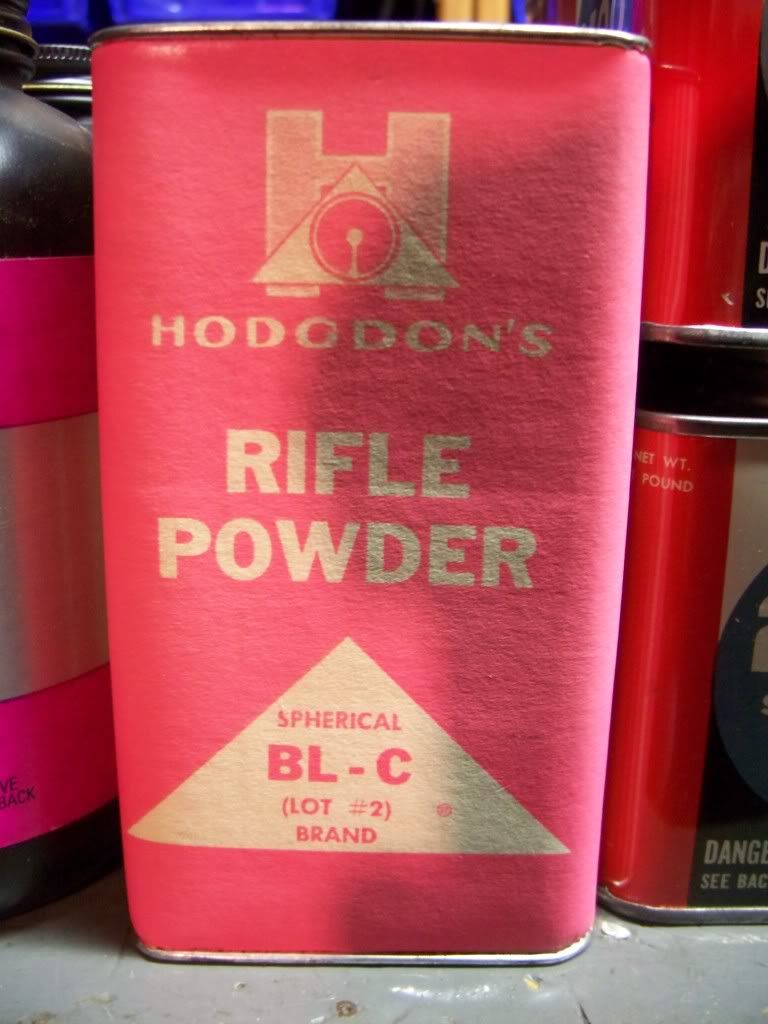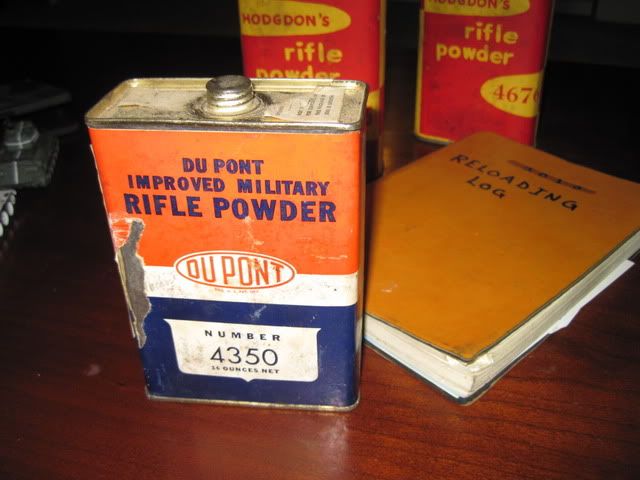something like this isn't proof that you are an idiot, it's proof that people make mistakes. Being an idiot only makes a person more prone to making mistakes.
Working with things that go boom is always, without fail, hazardous and risky. My wife worked with a woman whose brother made fireworks. Big ones.
His family was out of town, he went to his basement, and was fooling around when he set one off. All alone there, he had his hands literally shredded, serious wounds to face and chest, and he was in no condition to fend for himself. He managed to get up the stairs and get a call in to 911.
Of course, the problems with LE and ATF officials were hardly his biggest concern. He's missing most of both hands now, and on SS disability payments. He was a fine marine mechanic and now can't even cook a burger.
a terrible situation I can think of offhand is the farmer who was caught in the belts of his baler, I believe it was. He knew better, don't reach into machinery that is running. he was trapped for quite some time, and by the time he was found, his arms were destroyed clear up to the shoulders, and he had friction burns all over the rest of himself. Two artificial limbs now, and thank god, he was actually able to return to working.
Then there is the moron I knew who rode a conveyur belt up to a second floor warehouse, on his knees, feet down. He let his feet get caught at the top and he was swallowed to mid thigh before someone got the thing turned off. Being an idiot is hard on people. Amazingly enough, they got him rebuilt. an amazing testimony to how flexible the body's soft tissues can be in face of overwhelming force. That conveyor's bed had a gap of barely two inches. He had barely enough clearance that he avoided having some of the bones broken from the compression.


